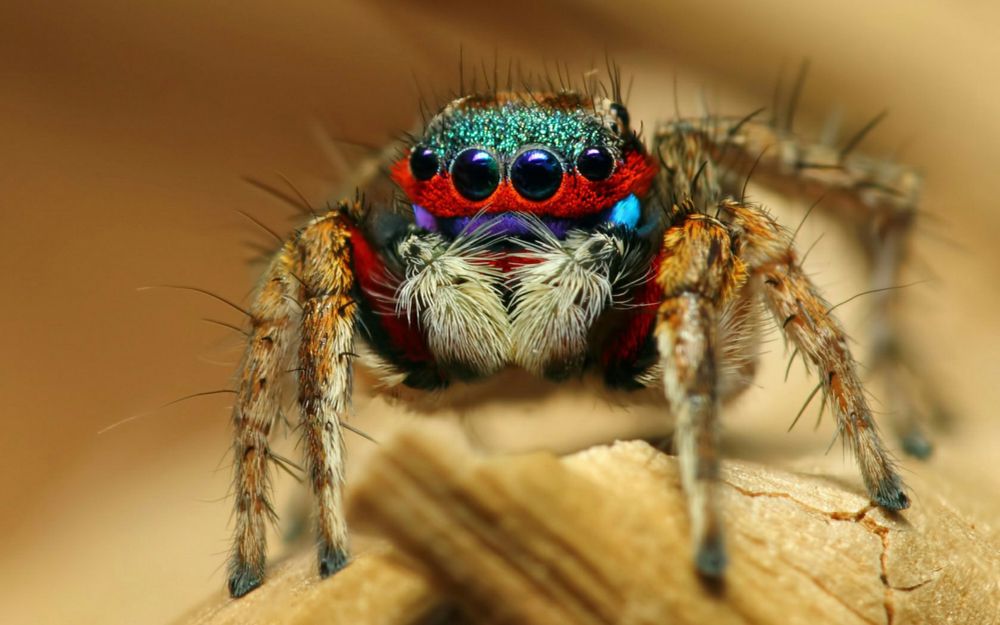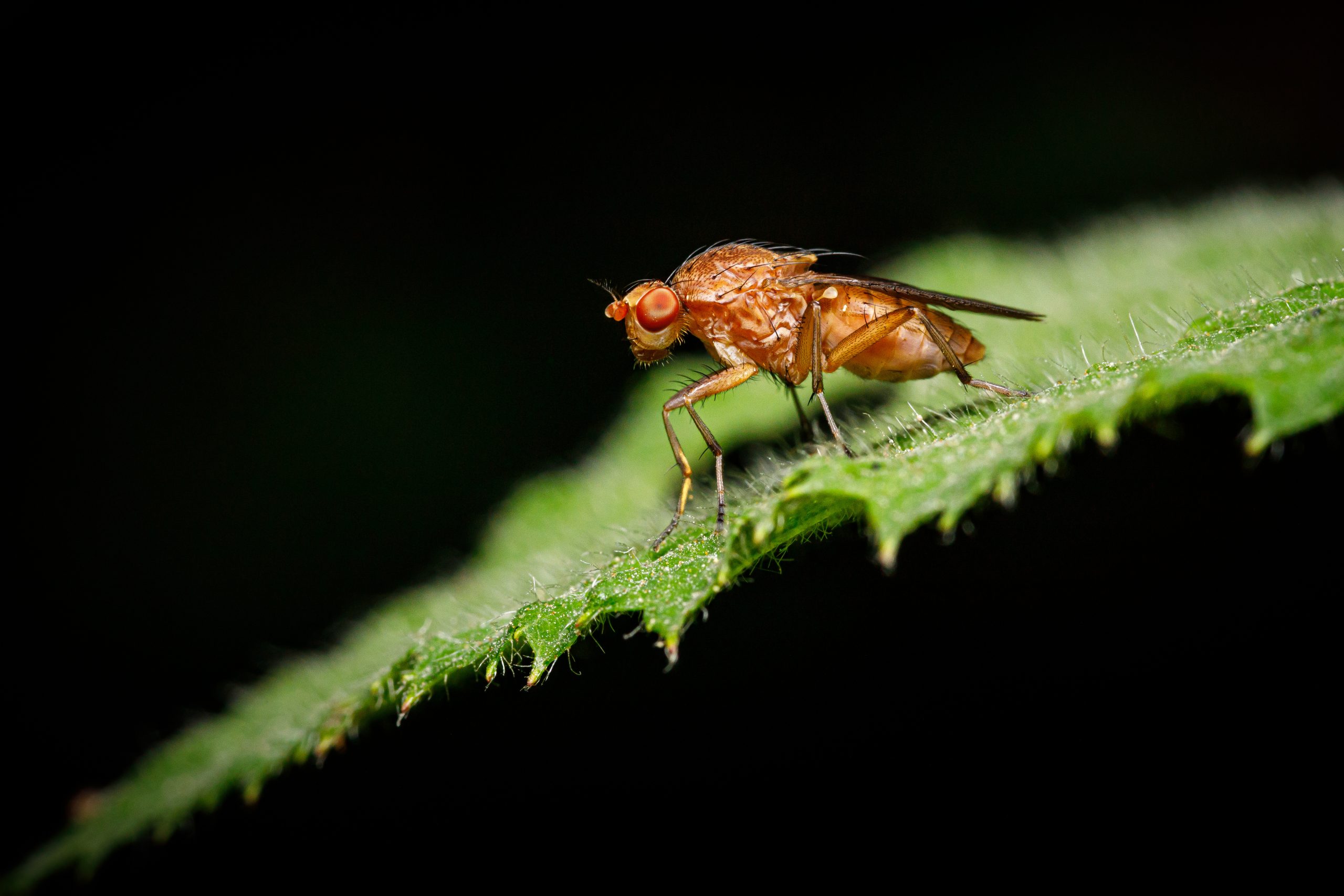Do Insects Ever Sleep? Evolutionary Resting States of Hexapoda

Watch a beehive at midnight, and you’ll witness something unexpected—worker bees hanging motionless, antennae drooped, appearing for all the world like tiny, exhausted laborers who’ve finally succumbed to sleep after a day’s relentless toil.
Is this cunningly timed stillness a strategic pause to avoid predators or something more profound—a state we might recognize as sleep? This question has puzzled entomologists and sleep researchers alike, sending them crawling through miniature mazes with microscopic electrodes and high-speed cameras to unlock the secret night lives of creatures whose alien biology challenges our very definition of sleep itself.
The answer—both more straightforward and more complex than it first appears—reveals surprising parallels between insects’ rest states and our own slumber while simultaneously expanding our understanding of how consciousness transitions between active and quiescent states across the vast evolutionary distances separating humans from six-legged beings whose ancestors were already navigating Earth hundreds of millions of years before mammals first appeared.
Defining Sleep Across Evolution
Before determining whether insects sleep, researchers must grapple with a fundamental question: what constitutes sleep in creatures so physically and neurologically different from ourselves? Across the animal kingdom, sleep researchers have established criteria that distinguish genuine sleep from mere inactivity: reduced responsiveness to stimuli, rapid reversibility (unlike hibernation or coma), specific body postures, and homeostatic regulation (sleep needs increase with prolonged wakefulness).
“When we examine insect behavior through these criteria, many species clearly demonstrate sleep-like states,” explains Dr. Paul Shaw, a neuroscientist at Washington University School of Medicine, who has pioneered sleep studies in Drosophila (fruit flies). “Bees fly, and cockroaches all show periods of decreased movement, reduced responsiveness, and distinctive postures that suggest something beyond simple rest.”
These periods typically involve more than immobility. Sleeping fruit flies adopt specific postures, with their activity concentrating on nighttime (dark phase) hours.
What distinguishes actual sleep from energy conservation? The crucial difference lies in the brain’s activity pattern, which shifts from processing external stimuli to internal maintenance. Despite insects’ fundamentally different neural architecture—their brains contain perhaps 100,000 neurons compared to our 86 billion—research increasingly suggests they experience analogous transitions between processing states.
The Neurobiology of Insect Rest States
“Insects don’t produce the same brainwave patterns we use to classify human sleep stages,” notes neurobiologist Dr. Amita Sehgal, who studies sleep genetics using fruit flies. “But they show clear cycling between activity states with neurochemical changes remarkably similar to those regulating sleep in larger animals.”
These neurochemical parallels prove particularly striking. The neurotransmitters governing human sleep—including dopamine, serotonin, and particularly GABA (gamma-aminobutyric acid)—also regulate insect rest states. Drugs that induce sleep in humans similarly affect insects, while stimulants that keep humans awake likewise delay insect rest periods.
Even more compelling is the genetic evidence. When researchers identified genes regulating sleep in Drosophila, they found many had counterparts in mammalian sleep regulation. One example involves the WIDE AWAKE gene, which governs GABA receptors to control sleep onset timing in flies. Its mammalian homolog performs strikingly similar functions, suggesting fundamental sleep mechanisms have been conserved across hundreds of millions of years of separate evolution.
Most insects experience a single sleep state rather than cycling between mammalian sleep’s distinct stages (REM and non-REM). However, recent research with paper wasps has identified potential REM-like states, with twitching antennae and leg movements resembling the rapid eye movements of dreaming mammals. While we cannot know if wasps dream, these findings suggest more complex sleep architecture than previously recognized.
Species-Specific Sleep Behaviors
The answer to “Do Insects Ever Sleep?” varies dramatically among the estimated 5-10 million insect species, each adapted to specific ecological niches with corresponding rest behaviors.
Honeybees demonstrate particularly fascinating sleep behaviors that vary with age and role. Young worker bees responsible for in-hive duties sleep in short bursts totaling about 5-8 hours daily, often while holding onto honeycomb with relaxed muscles and drooped antennae. As they age and transition to foraging duties, their sleep patterns consolidate into more extended nighttime periods, suggesting circadian regulation similar to our own day-night cycles.
“Bees’ sleep changes with their job description,” explains entomologist Dr. Barrett Klein, who developed miniature EEG recorders for studying bee sleep. “Forager bees show deeper sleep states than their younger hive-working sisters, potentially reflecting their need to consolidate the spatial memories essential for navigation.”
Some insects display extraordinary sleep postures. Particular butterfly species hang motionless from vegetation, while many bees grasp plants with their mandibles, dangling through the night, secured only by their jaw grip. Perhaps most remarkable are the “sleep clusters” formed by male bees in some species, where dozens gather on plants at dusk, biting into leaves and hanging together overnight in what researchers suspect may provide both energy conservation and predator protection.
Cockroaches, those quintessential survivors, display distinct daily cycles, with primary activity occurring during darkness. During daylight, they retreat to crevices where they remain motionless for hours, their antennae relaxed downward rather than in the vigilant position maintained during active periods. Their arousal threshold increases significantly during these periods, requiring stronger stimuli to provoke movement—another key indicator of genuine sleep rather than strategic stillness.
The Functions of Insect Sleep
If insects indeed sleep, what purpose does this vulnerable state serve for organisms under constant predation pressure? Research suggests insect sleep, like mammalian sleep, serves multiple essential functions ranging from energy conservation to neural maintenance.
“Sleep appears necessary for memory consolidation in insects, just as in humans,” notes Shaw. His research demonstrated that fruit flies prevented from sleeping after learning experiences showed significant memory impairment compared to their well-rested counterparts. “This suggests that even with radically different brain structures, sleep serves similar cognitive functions across vastly different species.”
Sleep also appears crucial for basic cellular maintenance in insect brains. Studies have identified enhanced protein synthesis and neural cleaning processes during sleep states, potentially removing metabolic waste products that accumulate during wakefulness. This mirrors mammals’ recently discovered glymphatic system, which predominantly clears metabolic waste from the brain during sleep.
Perhaps most compelling is the evidence that sleep strengthens immune function in insects. Fruit flies subjected to sleep deprivation show increased vulnerability to bacterial infections, with significantly higher mortality rates than rested controls. When allowed recovery sleep, their immune function improves, suggesting that whatever happens during insect sleep includes essential immune system maintenance.
While energy conservation benefits insects, research increasingly suggests this represents a secondary advantage rather than sleep’s primary purpose. The specific postures, reduced responsiveness, and homeostatic regulation point to active processes occurring during these rest states that provide benefits beyond simply reducing energy expenditure.
The Sleep Recovery Perspective on Rest States
While focusing primarily on human sleep disorders, Sleep Recovery, Inc. incorporates insights from comparative sleep research into its conceptual framework. “What’s fascinating about insect sleep studies is how they highlight sleep’s fundamental nature across wildly different nervous systems,” explains David Mayen, founder of Sleep Recovery.
The practices approach to insomnia treatment recognizes that sleep represents not merely an absence of wakefulness but an active neurological state with specific restorative functions. “When we observe similar sleep regulation in creatures as distant from us as insects, it reinforces our understanding that sleep isn’t optional or merely restorative—it’s a biological necessity hard-wired into nervous systems,” Mayen notes.
This perspective influences Sleep Recovery’s treatment protocols, which focus on restoring natural sleep regulation rather than merely inducing unconsciousness.
This evolutionary perspective provides valuable context for their human clients, many of whom have developed beliefs that sleep is optional or can be overcome through willpower. Understanding sleep as a biological imperative preserved across vast evolutionary distances helps normalize the need for adequate rest rather than viewing it as a weakness or inefficiency.
Insects That Seemingly Never Sleep
Despite accumulating evidence for insect sleep, some species appear to challenge this pattern with apparently sleepless lifestyles. Certain ants, particularly those in species with temporal worker specialization, show activity cycles that leave little room for extended rest. Studies of fire ant colonies reveal workers may take hundreds of brief naps lasting just seconds or minutes rather than consolidated sleep periods, potentially accumulating sufficient rest without extended vulnerability.
“Some insects have evolved alternative strategies that provide sleep benefits without extended immobility,” entomologist Dr. James Waters explains. “Microrests distributed throughout the day may allow neural maintenance while maintaining near-continuous productivity at the colony level.”
Even more extreme are the migratory periods of certain monarch butterflies, which appear capable of flying for days without typical rest behaviors during their long-distance travels. Similarly, some mosquito species can remain continuously active for days under specific conditions. However, researchers caution against concluding these insects never sleep, noting the possibility of microsleep episodes or unilateral sleep where portions of their nervous system rest sequentially rather than simultaneously.
These apparent exceptions highlight sleep’s adaptability rather than negating its importance. Just as marine mammals have evolved unihemispheric sleep—resting one brain hemisphere while the other remains vigilant—insects may have developed specialized sleep adaptations suited to their particular ecological challenges.
“What we’re discovering isn’t that some insects don’t need sleep, but rather that evolution has created diverse solutions to the universal challenge of balancing rest requirements against survival pressures,” notes Shaw. “These alternative strategies tell us something profound about sleep’s essential nature—it’s so important that when species can’t afford conventional sleep patterns, they evolve alternative mechanisms rather than eliminating sleep entirely.”
The Evolutionary Perspective on Sleep’s Origins
Sleep-like states across the insect world provide crucial insights into sleep’s evolutionary history. Since insects and vertebrates diverged over 500 million years ago, the similarities in their sleep regulation mechanisms suggest that sleep evolved independently multiple times (convergent evolution) or that basic sleep mechanisms already existed in our common ancestors (deep homology).
Most sleep researchers favor the latter hypothesis, suggesting that the fundamental transition between activity and restorative quiescence represents one of the oldest adaptations of the nervous system. If correct, this would place sleep’s origins in the Precambrian era, when the first animals with neurons were evolving—a time before eyes, legs, or most other familiar animal characteristics.
“Sleep may be older than nearly any other behavior we study,” suggests evolutionary neurobiologist Dr. Dimitri Bukharin. “The cyclical nature of Earth’s day-night patterns created one of the first environmental pressures on emerging nervous systems, likely driving the evolution of distinct activity states long before complex behaviors emerged.”
This perspective reframes our understanding of sleep from a specialized mammalian adaptation to a fundamental property of nervous systems—an oscillation between external engagement and internal maintenance that emerged alongside the first neural networks and has remained essential through hundreds of millions of years of subsequent evolution.
The remarkable conservation of sleep mechanisms across such vast evolutionary distances underscores their fundamental necessity. When we observe a resting honeybee, antennae drooped in slumber, we’re witnessing insect behavior and a window into one of the most ancient adaptations of animal life—one that connects us with these six-legged beings despite all that separates us.
As the sun rises and our kitchen cockroach retreats deeper into its daytime hiding place, its transition from alertness to quiescence reflects not merely strategic stillness but participation in one of biology’s oldest rhythms—the cycling between consciousness states that unites virtually all animals in the shared vulnerability and necessity of sleep. Though we might never know if insects dream, we can now confidently answer the question Do Insects Ever Sleep? with a qualified yes, expanding our appreciation for sleep’s universal importance across the remarkable diversity of Earth’s inhabitants.


